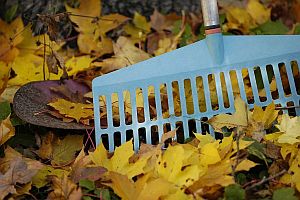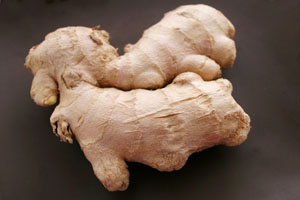Omega-3 Fatty Acids and Brain Health

Omega-3 fatty acids are polyunsaturated fatty acids that are deemed “essential” because they fall into a category of nutrients that the body needs, but cannot synthesize in sufficient quantities by itself. They must be consumed in our foods or in the form of supplements so the body receives enough omega-3 to meet its needs.
Recent research is indicating that, in addition to the well-known benefits of omega-3 fatty acids for the cardiovascular system and other organs, they’re pretty essential in keeping our brains healthy too. This suggests that they may also play a significant role in our cognitive development and mental health. One of the reasons for this may be the presence in omega-3 fatty acids of docosahexaenoic acid, or DHA. DHA has been identified as an important nutrient responsible for proper brain development and optimal brain function.
Studies have linked omega-3 fatty acids and DHA to improvement of symptoms of depression, bipolar disorder, and schizophrenia, and other studies have found that children with attention deficit/hyperactivity disorder (ADHD) tend to have low levels of omega-3 fatty acids. A number of recent studies have found that reduced intake of omega-3 fatty acids is strongly associated with cognitive decline and dementia, including Alzheimer’s disease. Scientists in these studies have hypothesized that omega-3 fatty acids and DHA provide a kind of protective barrier against Alzheimer’s.
In a more recent study published in the Journal of Neuroscience in February 2014, researchers found that DHA may even be a major factor in how our brains are created in the first place. In the study, monkeys fed a lifelong diet high in omega-3 fatty acids and DHA were found to have brains with highly connected and well-organized neural networks, similar to those of humans. At the same time, monkeys raised on a lifelong diet low in omega-3/DHA had much more limited brain networking.
A study published in the journal Neurology in January 2014 also found links between omega-3 fatty acids and brain volumes in humans. In the study, more than 1000 post-menopausal women had blood samples drawn and MRI scans taken at the start of the study, and then 8 years later. The data indicated that overall brain size was smaller in women in the lowest quartile of omega-3 levels, compared to women in the highest quartile. It also indicated that the hippocampus—the area of the brain in charge of cognitive function—was significantly smaller in the brains of the women in the lowest omega-3 level quartile. As one of the researchers phrased it, “…when we look at the whole picture, omega-3 fatty acids are a major component of brain tissue and they are metabolized to anti-inflammatory compounds that could reduce brain cell death. We can certainly make a good story to support the idea that omega-3 fatty acids are good for the brain.”
So if you’re concerned about keeping your brain as healthy as possible and preventing its decline as you age, adding more omega-3 fatty acids to your diet may be part of the answer!

 There are quite literally hundreds of different brands of nutritional supplements (also called dietary supplements) on the market today, and it’s difficult for the average consumer to tell the difference between one and another. Each manufacturer claims that its products are supportive of your health, but how can you really determine if a nutritional supplement is safe and effective? Then there’s the price tag. Brands vary considerably in cost—one multivitamin may cost 20 cents per day, whereas another can cost a whopping $7.50! How can you decide whether it’s worth it? Our goal is to provide you with some practical advice—basic facts combined with a few do’s and don’ts—that you can use to be a more educated consumer if you decide to buy nutritional supplements.
There are quite literally hundreds of different brands of nutritional supplements (also called dietary supplements) on the market today, and it’s difficult for the average consumer to tell the difference between one and another. Each manufacturer claims that its products are supportive of your health, but how can you really determine if a nutritional supplement is safe and effective? Then there’s the price tag. Brands vary considerably in cost—one multivitamin may cost 20 cents per day, whereas another can cost a whopping $7.50! How can you decide whether it’s worth it? Our goal is to provide you with some practical advice—basic facts combined with a few do’s and don’ts—that you can use to be a more educated consumer if you decide to buy nutritional supplements.
 One of the most effective ways to get and keep getting physical exercise is to make it an enjoyable job. While raking leaves may not be at the top of your list of fun tasks, that attitude can change with a few tips. Fall is here, and for many people, that means lots of leaves in the yard. They aren’t going to rake themselves—so why not make this seemingly dull chore into a fun, healthy workout? Here are a few tips that can make raking leaves into a workout you can be proud of.
One of the most effective ways to get and keep getting physical exercise is to make it an enjoyable job. While raking leaves may not be at the top of your list of fun tasks, that attitude can change with a few tips. Fall is here, and for many people, that means lots of leaves in the yard. They aren’t going to rake themselves—so why not make this seemingly dull chore into a fun, healthy workout? Here are a few tips that can make raking leaves into a workout you can be proud of.



